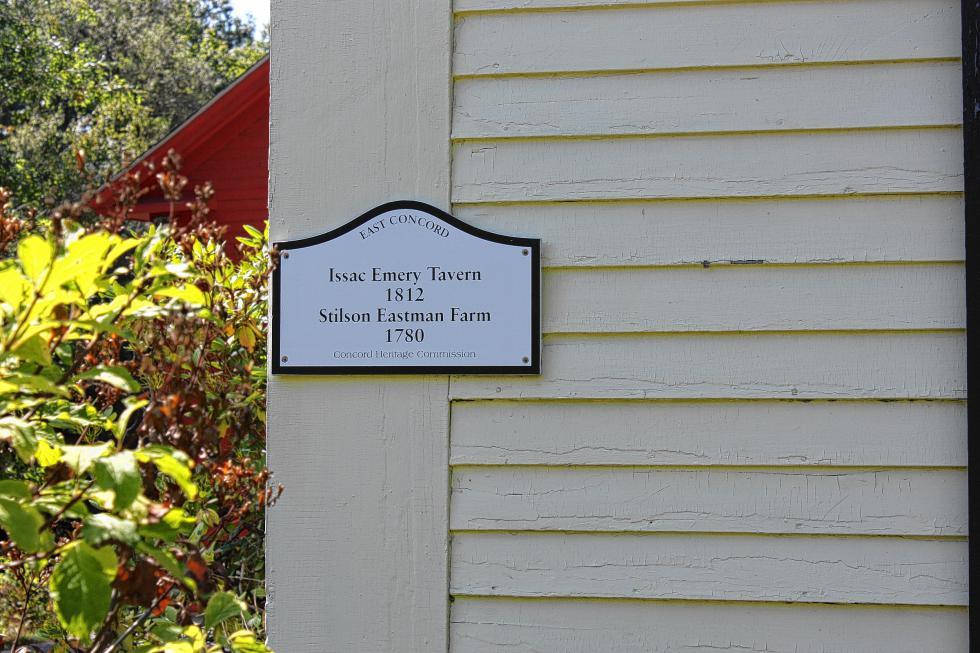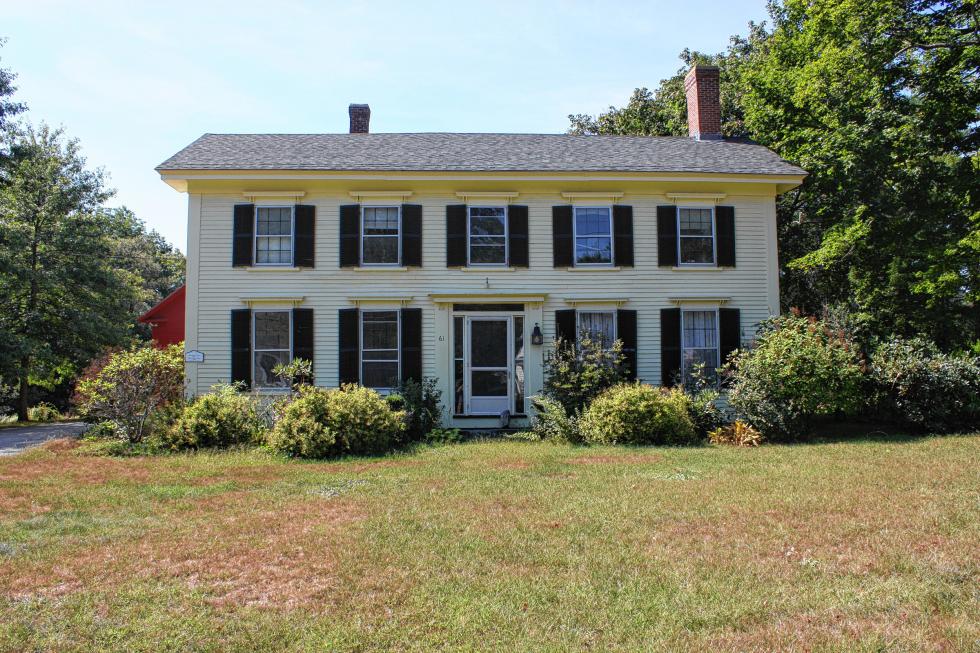Concord is a city steeped in history. As it turns 250 years old this year, many in the community have been excitedly letting their inner history geeks loose, partaking in time capsule celebrations and touring some historic buildings in the city. And some may even decide to get one of those fancy plaques you see on some of the oldest properties. You know, those historical signs that tell you when the house was built and who lived there and whatnot.
But first, you’ll have to do some research.
If you want to adorn your house with a sign commemorating its history, you must first find out about that history yourself. Although the Concord Heritage Commission is in charge of issuing the signs, it’s not in charge of doing the research, so that part’s on you. And it has to be legit, because the Heritage Commission must sign off on its authenticity.
So how do you go about it? Where to start? And what if you don’t care about a sign?
The answer to all of the above is: go to the library.
At the Concord Public Library, you can access the Concord Room (as long as you leave a photo ID at the front desk and swear not to bring in any food, drink or ink), which is a trove of historical resources for the city. There you’ll find old Sanborn Fire maps, Bouton’s History of Concord, Lyford’s History of Concord, city directories dating back to the 1800s and so much more.
These resources can help you determine who might have owned or lived in your house in, say, 1824, or which of the many riots in the post-revolutionary era was responsible for that fire in the attic. You might even discover that you used to have 2 acres on each side of your house before urbanization squeezed a dozen homes in that space. Like Forrest Gump’s mama always said, you never know what you’re gonna get.
“And it’s really addicting,” said Carol Brooks, chairwoman of the Heritage Commission Sign Program and the Concord 250 Commemorative Sign program. Brooks gave a talk at the library last week in which she gave attendees some information about the sign programs and how to do the research. Since we’re pretty sure not all of you reading this were there, we’ll give you the rundown.
If you’re more interested in finding out the date your house was built than who lived there or what they did, you’ll want to head over to the Concord tax assessor’s office. There are records there showing the current property, and on the tax assessment card, there will be a date city officials think the house was built. “So it’s not an exact science, which is why it’s addicting,” Brooks said.
If you want a sign, the first step is figuring out what you want the sign to say. You’ll want the date, of course, but then you have some freedom regarding what else to put on there. If you find out through your research at the Concord Room that someone famous once lived there, go ahead and throw that on. If you know what that person’s job was, you can add that too. And what was the building used for, anyway? Was it always a house, or did it once serve as a carriage house or something old-timey like that? Whatever you find out, it’s fair to try to get that on the sign – as long as it fits (there are two sizes, and the smaller version has a 46-character limit and the bigger one has a 104-character limit).
And you can apply for a sign whether your house goes back to 1790 or yesterday – “If it happened yesterday, it’s part of history,” Brooks said.
Sign or not, there’s nothing quite like digging into the history of your home. Maybe some day hundreds of years from now future inhabitants of your home will find out that you, the insurance salesman of the year for the capital area in 2013, once lived there and kept your Miata and John Deere ride-on mower in the garage. You never know.
To find out more about the two sign programs (Heritage Commission and Concord 250), head to the library and ask for an application, or go to concordnh.gov to download a form.










